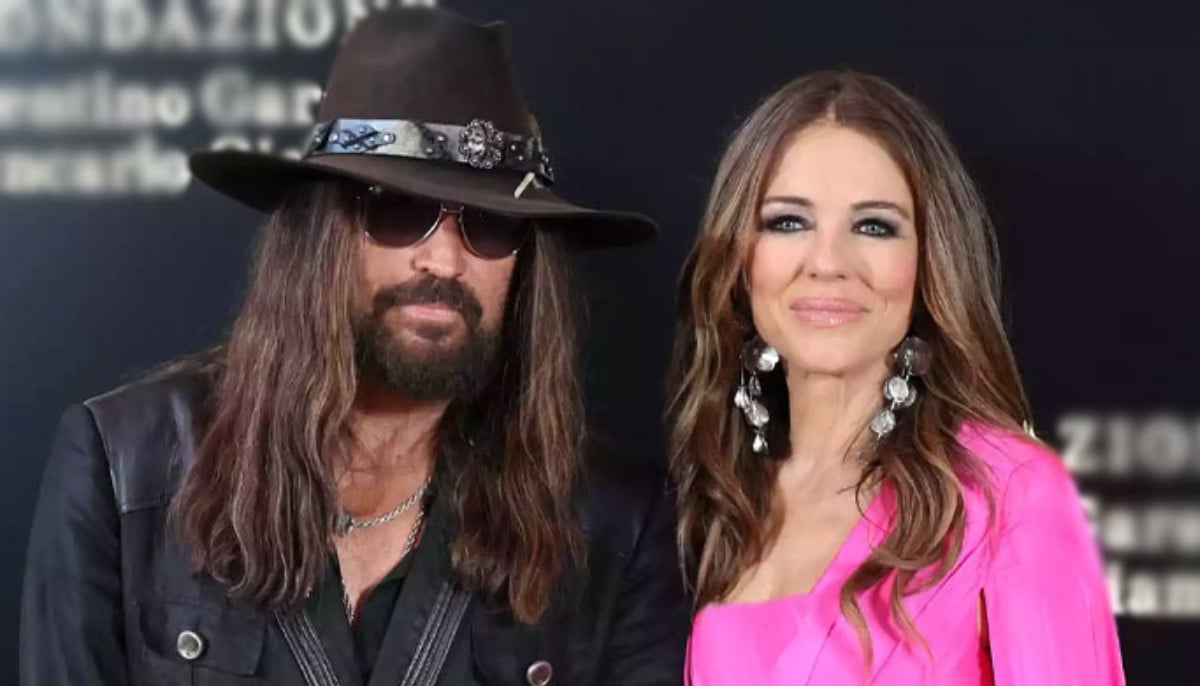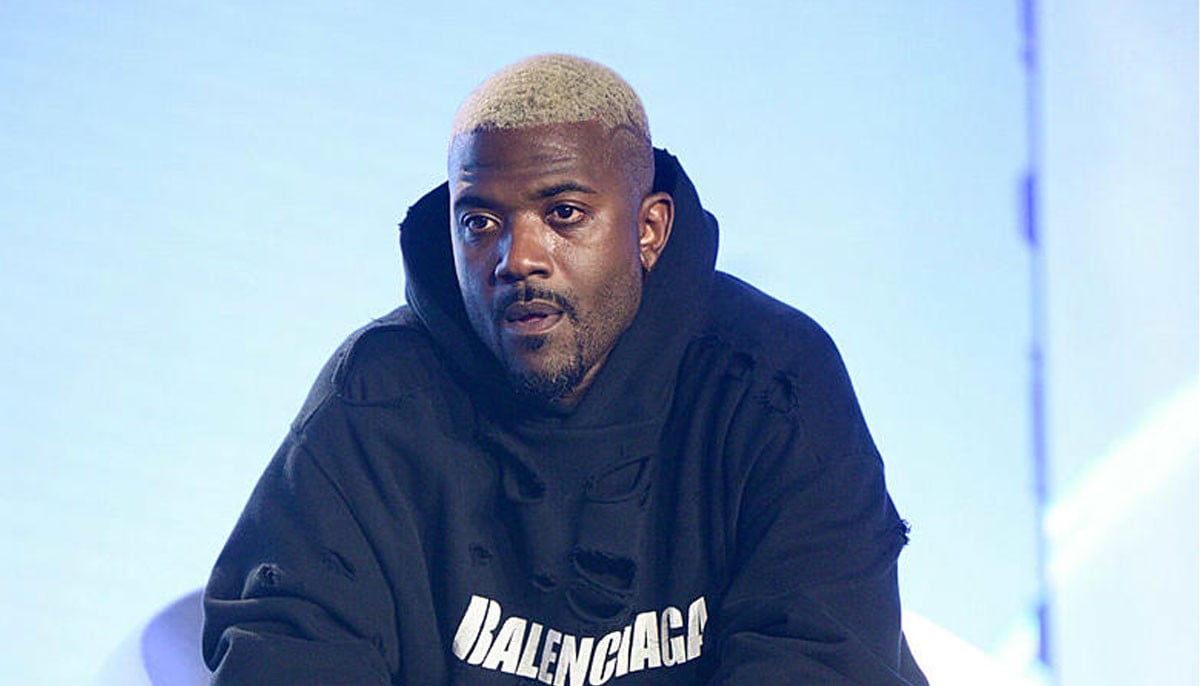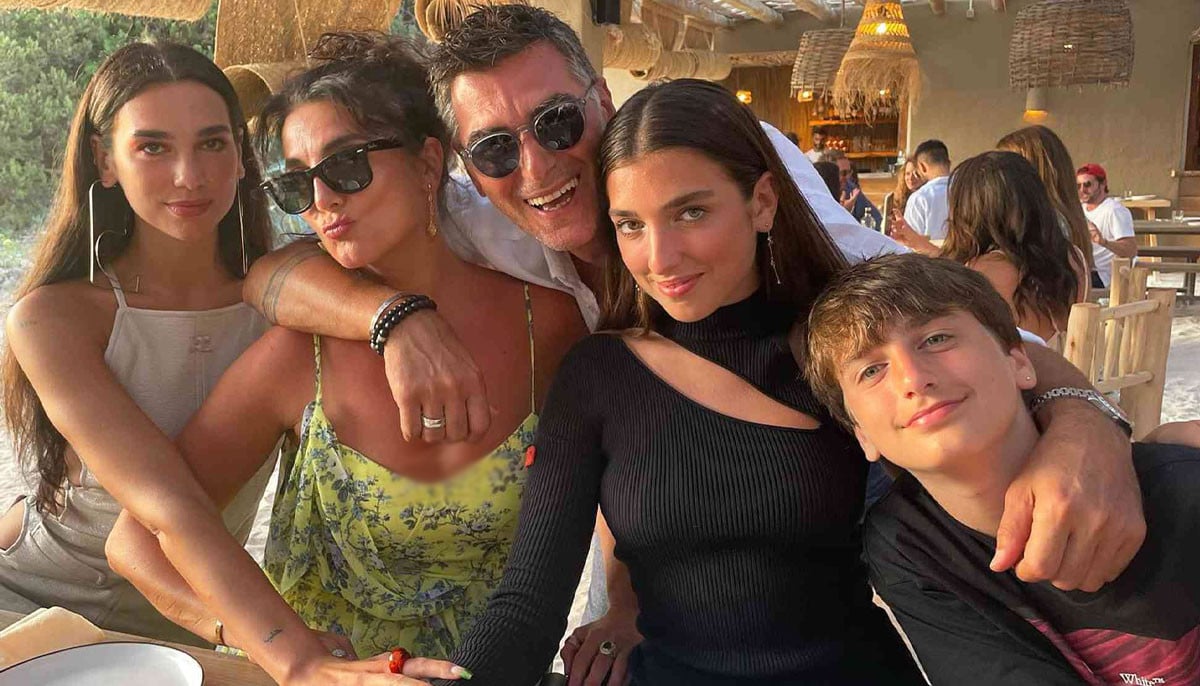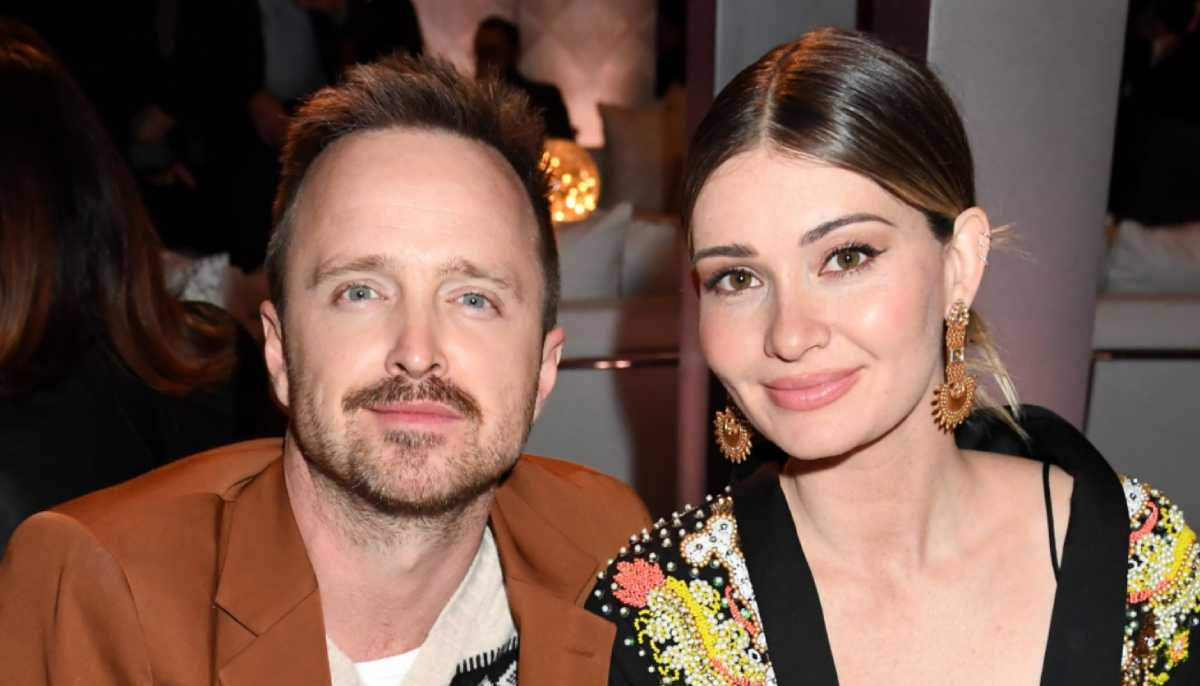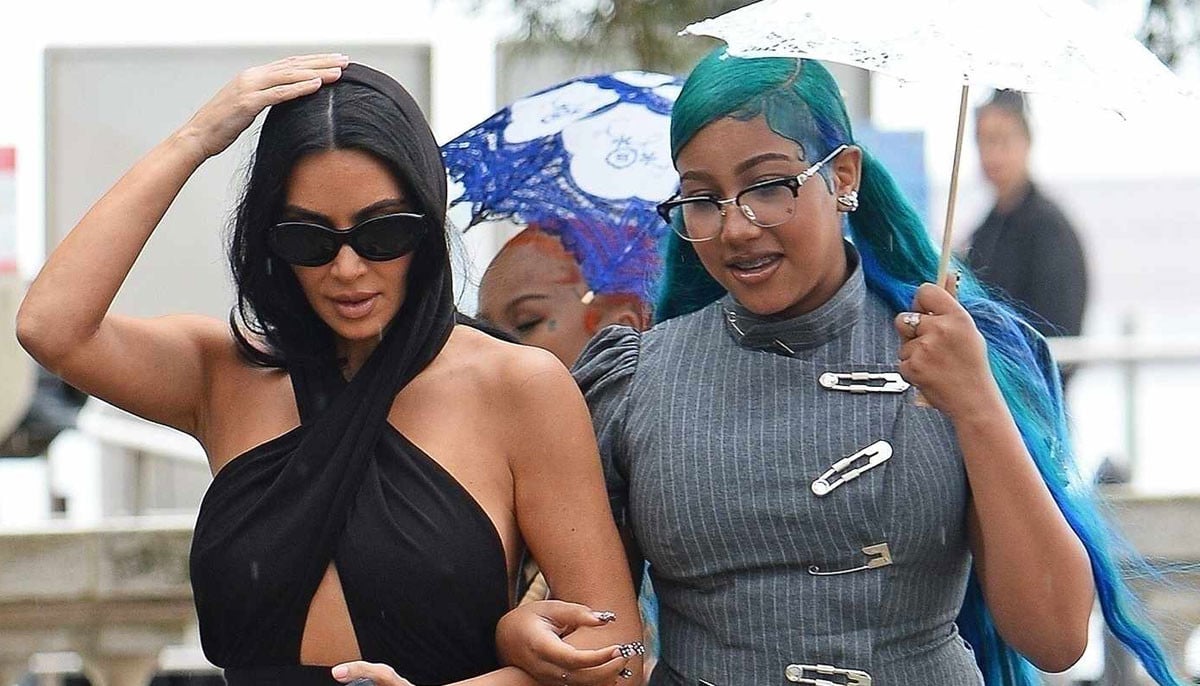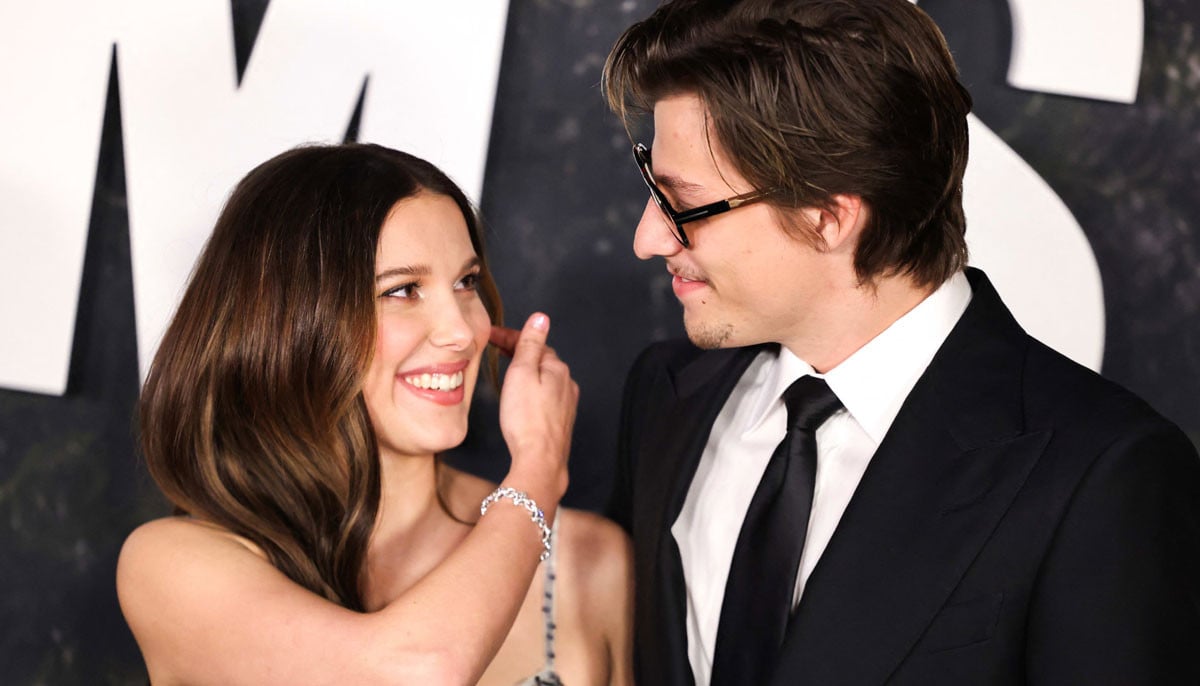Maori journalist becomes the first to broadcast primetime news using face markings. In New Zealand, a Maori journalist made history by being the first person with traditional facial marks to broadcast a primetime news programme on national television.
Oriini Kaipara made news across the world after anchoring her maiden Newshub broadcast at 6 p.m. on TV channel Three, with many hailing the achievement as a victory for Mori representation.
“I was completely overjoyed. I was ecstatic, to say the least “Kaipara told CNN about the moment she found out she’d be covering primetime. “It’s a tremendous honour. I’m at a loss about how to cope with my feelings.”
Kaipara’s Christmas Day presentation was the first of six straight days covering for the primetime news show’s permanent anchors, however her term will extend into early January and she stated she could be asked again in the future.
The 38-year-old is already the permanent anchor of the 4:30 p.m. “Newshub Live” bulletin, and she already made history at TVNZ in 2019 when she became the first person with Mori facial marks to deliver a mainstream TV news show.
In the Maori culture, which is the indigenous people of what is now New Zealand, facial markings are tattooed on the chin for women and are known as moko kauae, while for males they cover the majority of the face and are known as mataora.
Kaipara received her “moko” in January 2019, which she describes as a personal decision made for grounding purposes, to remind her of her strength and identity as a Maori woman.
“When I question myself and look in the mirror, I’m not just looking at myself,” Kaipara said to CNN. “I look at my grandma and mother, and my daughters and her daughters to come after me, and all the other women, Maori girls out there, and that encourages me.”
Oriini Kaipara, a Maori journalist news presenter, alongside her colleagues at Newshub. Instagram photo credit: oriinz
Kaipara, who began her career in 2005, said presenting the primetime news slot was the “pinnacle” of her journalistic goals, however it was a “bittersweet moment” because her mother, who just died, couldn’t enjoy it with her.
Despite all of the favourable feedback, there have been some negative reactions to Kaipara’s presentation, particularly because she frequently employs Mori words like “E haere ake nei” (yet to come), “tonu mai” (remain with us), and “Taihoa e haere” (don’t go just yet).
Kaipara places a high value on the Maori language. Her ultimate objective, she says, is to encourage people to use the language that was “beaten out of my grandmother’s generation” in order to regain it for Maori people.
“We still haven’t addressed a lot of intergenerational traumas and colonisation, which is very, very relevant and devastating for Maori,” Kaipara added. “Not much has changed in terms of race relations here in a very long time.”
The “enormity” of the occasion, however, was not lost on her, and in many respects, it was a full circle moment for Kaipara, who was inspired as a young girl by Mori TV news woman Tini Molyneux.
Kaipara told CNN, “She was my idol.” “She had the same skin tone as mine… she sounded and looked like me. And she comes from where I originally came from, my family, whakapapa (ancestors), where we have ancestral links to our country.”
Kaipara believes that her tale would inspire young Mori girls and serve as a sign that times are changing.
“Our people, our ancestors, our tipuna, and us now, have worked so hard for a long time to get to where we are,” Kaipara told CNN. “What you do now, as a young woman, as a young Maori, shapes and affects what occurs tomorrow. So all I ask is that people realise the beauty in being Mori, embrace it, acknowledge it, and use it to effect positive change.”





